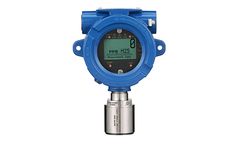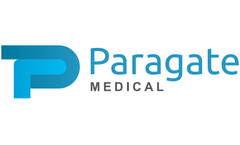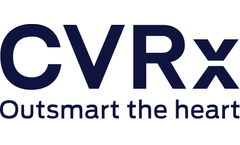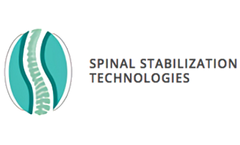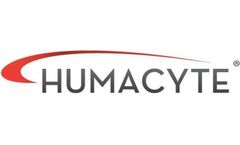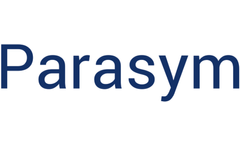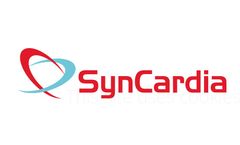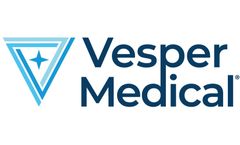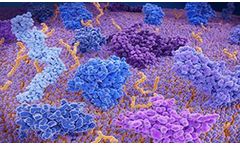Refine by
Implantable Device Articles & Analysis: Older
36 articles found
Enhancing Product PerformanceSpecialty chemicals play a vital role in the performance and longevity of medical devices. These chemicals are used in coatings, adhesives, sterilization processes, and biocompatible materials that ensure safety and functionality. ...
What is biofilm? Biofilms are defined as communities of micro-organisms attached to a surface, or one another, and encased within a matrix of extracellular polymeric substance (EPS). The EPS makes up the largest component of the biofilm, and in the biological environment is generally composed of polysaccharides, proteins, glycolipids, blood products, cellular debris, extracellular enzymes, metal ...
Medical and Healthcare: The medical industry relies on silicone for a variety of applications, including medical devices, implants, and tubing. Its biocompatibility and resistance to bacteria make it suitable for sensitive medical environments. ...
The development of groundbreaking sleep apnea devices, including auto-adjusting pressure machines, bilevel positive airway pressure machines, continuous airway pressure machines, and implantable devices, makes it easier to treat patients with disruptive sleep issues. Having witnessed remarkable growth, the sleep apnea device ...
In biomedical engineering, hydrophobic polymers are used in the development of medical devices, implants, and drug delivery systems. Their water-repellent properties help prevent bacterial adhesion, ensuring the safety and efficacy of these devices. ...
Medical Device Sterilization Sterilization is to thoroughly clean and disinfect medical and surgical devices in order to prevent infection by killing any microorganisms (i.e., bacteria, viruses, or fungi) that might otherwise be present in the devices, and that could pose significant risks to patients. ...
These devices may be categorised by their intended use and range from simple non-invasive items to fully implantable devices. ...
This project has received funding from the European Union's Horizon 2020 research and innovation programme under grant agreement No. ...
For patients who currently have an implanted electrical medical device, physicians must verify compatibility with the implanted device during implantation of the system. ...
ByCVRx
A new intervertebral disc nucleus replacement device having three major features has been designed, comprising: 1) a peripheral textile band, 2) a silicone membrane filled with silicone that cures in situ forming an elastomeric implant and 3) an internal chamber that allows for deformation of the cured component (Figure 1). Samples of this ...
A new intervertebral disc nucleus replacement device having three major features has been designed, comprising: 1) a peripheral textile band, 2) a silicone membrane filled with silicone that cures in situ forming an elastomeric implant and 3) an internal chamber that allows for deformation of the cured component (Figure 1). Samples of this device ...
Furthermore, pilot implantations in pigs were performed, which demonstrated the scalability of the technology. ...
Vagus Nerve Stimulation (VNS) - Typically refers to stimulation of the nerve with a surgically implanted device and electrode. Non-invasive Vagus Nerve Stimulation (tVNS, taVNS, nVNS, LLTS) - Refers to stimulation of the vagus nerve without penetrating the skin using an external device and surface electrode. ...
Nitinol can make the magic shop spoon bend in hot water also because of its shape memory function Nitinol's superelasticity and biocompatibility make it an ideal choice for manufacturing a variety of medical devices implanted in the human body. For example, a stent is a device that supports blood vessels and keeps them open. Nitinol's ...
Depending on the type of cardiomyopathy and the symptoms present, standard treatments may include lifestyle and dietary changes, medication, non-surgical procedures, implantable devices and surgery. In the most severe cases, the condition may continue to progress until medications, surgical treatments and other therapies are no longer effective. ...
Click the links below to learn more about a specific condition: Atrial Septal Defect (ASD) Aortic Valve Stenosis (AVS) Coarctation of the Aorta (CoA) Complete Atrioventricular Canal defect (CAVC) d-Transposition of the Great Arteries Ebstein’s Anomaly Hypoplastic Left Heart Syndrome Interrupted Aortic Arch I-Transposition of the Great Arteries Patent Ductus Arteriosus (PDA) ...
The DASCOR Disc Arthroplasty Device seemed to perform well clinically but was discontinued in 2009. While there are no commercially available NRDs today, the potential advantages of using such devices have prompted a renewed interest in further developing the technology and assessing long-term outcomes for the DASCOR device. Methods A ...
Amsterdam, the Netherlands – Royal Philips (NYSE: PHG; AEX: PHIA), a global leader in health technology, today announced that it has signed an agreement to acquire Vesper Medical Inc., a US-based medical technology company that develops minimally-invasive peripheral vascular devices. Vesper Medical will further expand Philips’ portfolio of diagnostic and ...
The aprevo® Personalized Interbody Devices were the only devices to receive TPT status in this update. The pass-through payment provides outpatient facilities with an incremental Medicare payment for procedures in which aprevo® is used. “FDA granted the aprevo® Personalized Interbody Devices Breakthrough Device ...
However, due to safety and tolerability considerations, polyethylene glycol is no longer the primary choice for injections. The application of an implantable device to deliver drugs into the body has been proposed. An osmotic pump delivery system can be used to administer the drug to patients once a year. ...






